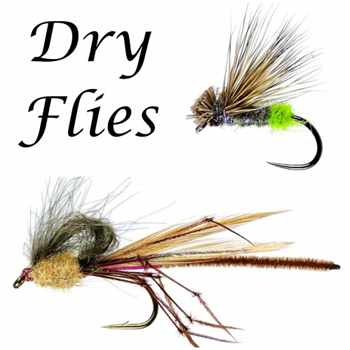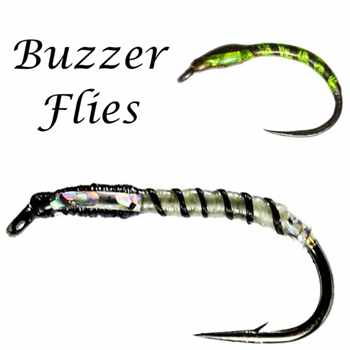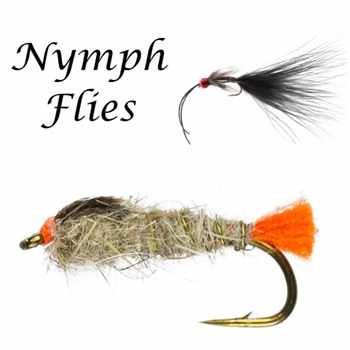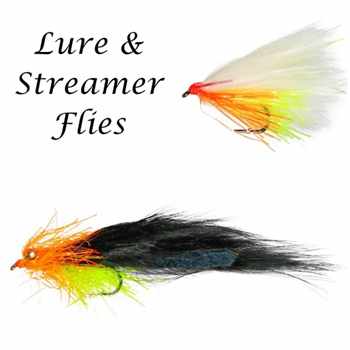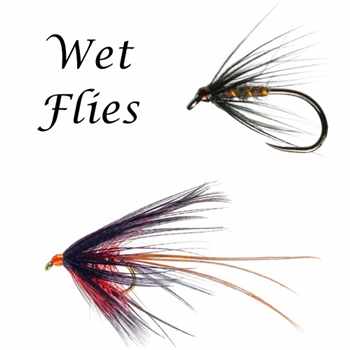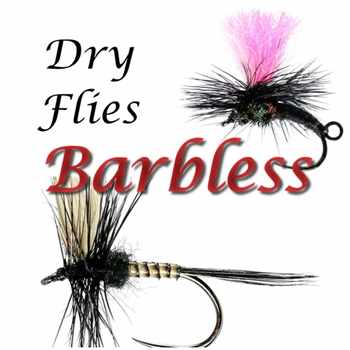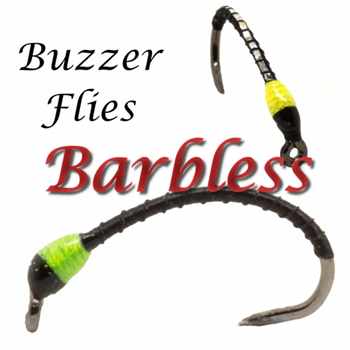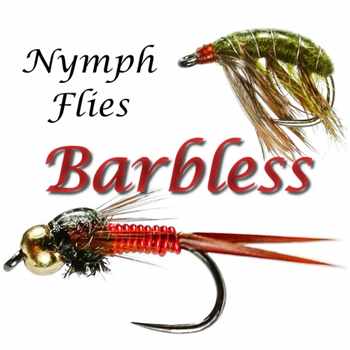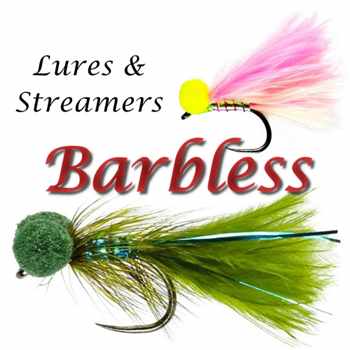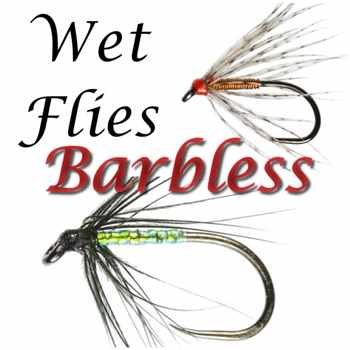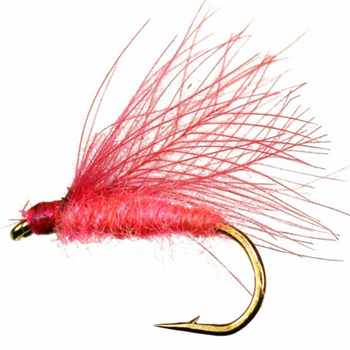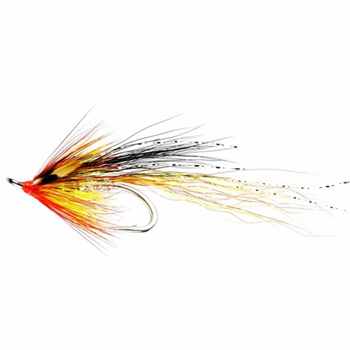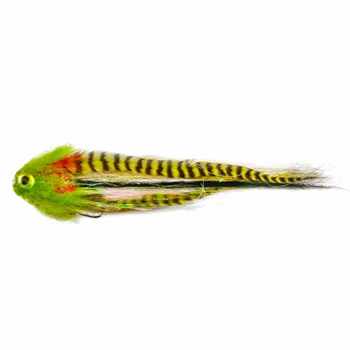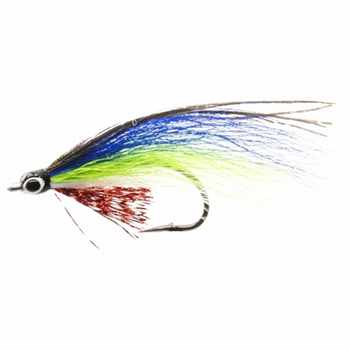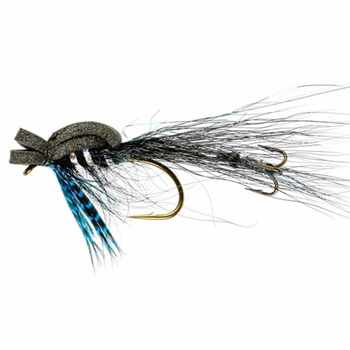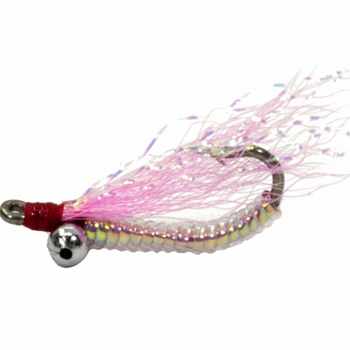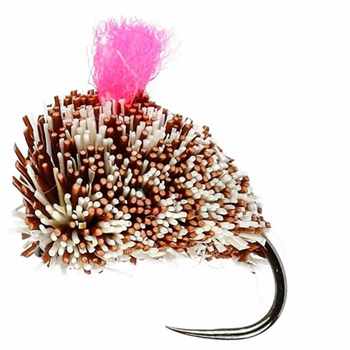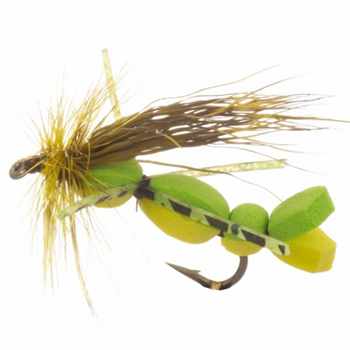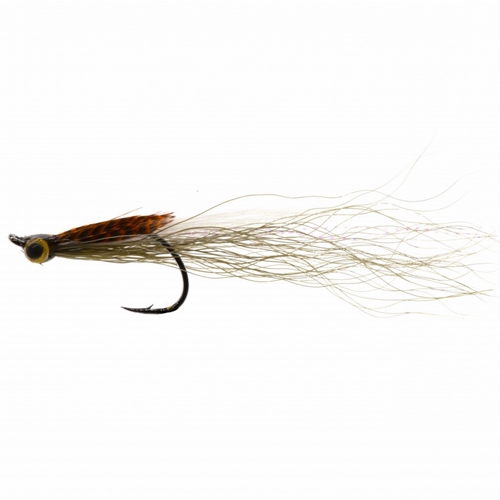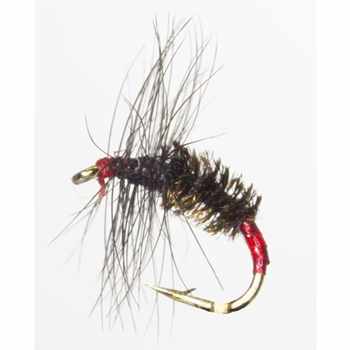Whats happening in our stillwaters?
What to look for:
Winds that spring from the south, or west are generally warmer, so it’s best to head for the windward (exposed) bank as technically, this is where the water will be slightly warmer. If however, we’re cursed with northern, or easterly airflows then seek protection on the lee (sheltered) shore as here the water is now a fraction of a degree higher.
What to use:
For nymphing, a duo of general nymphs presented on a 14ft leader overall is a good starting point. This should comprise of an Essential Fly 12ft copolymer leader of 6.8lb that is cropped back to 10ft from the tippet end. Leaving a dropper leg, add a further 4ft length of 6lb Wychwood ghost mode fluorocarbon to a point fly.
If little responds to nymphing tactics then a single lure fished on a WF Rio Aqua Lux II intermediate line should be considered. An airflow 5ft intermediate poly leader helps keep everything in unison. To this, a maxim of 5ft Wychwood connect 6lb lure mode is attached. Any longer and the fly “lags” behind the ploy leader to potentially compromise direct contact.
General nymphs:
Barbless pearly rib diawl bach #12
Barbless pheasant tail nymph #10-14
Cruncher UV orange #12
Pearly Olive blank buster cruncher #12
Early season lures:
Barbless Olive Hot Tail Mini Lure #10
Blank Buster Nomad Yellow Dull Day #10
Black Brite Lite Mini Lure #10
Tie your own:
Why not tie your own. This simple stickfly is perfect for early season trout on all stillwaters
Hook: Kamasan B-830 #10-12
Thread: Semperfli 8/0 black waxed thread
Underbody: Turrall medium lead wire
Body (case): Semperfli mottled dark green dirty bug yarn
Thorax (grub): Fluoro-Brite #12 green floss
Hackle: Black hen
Tying Tip: Double over the dirty bug yarn to create more bulk for the body.
